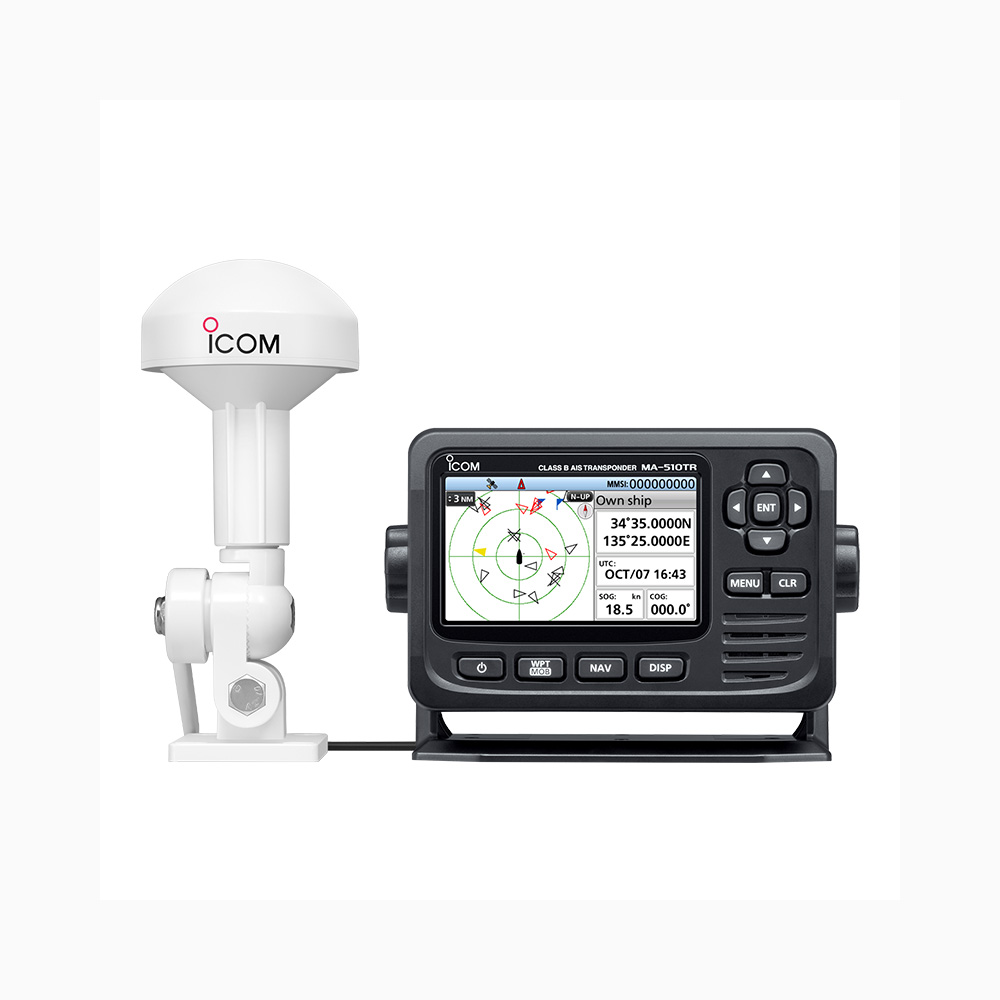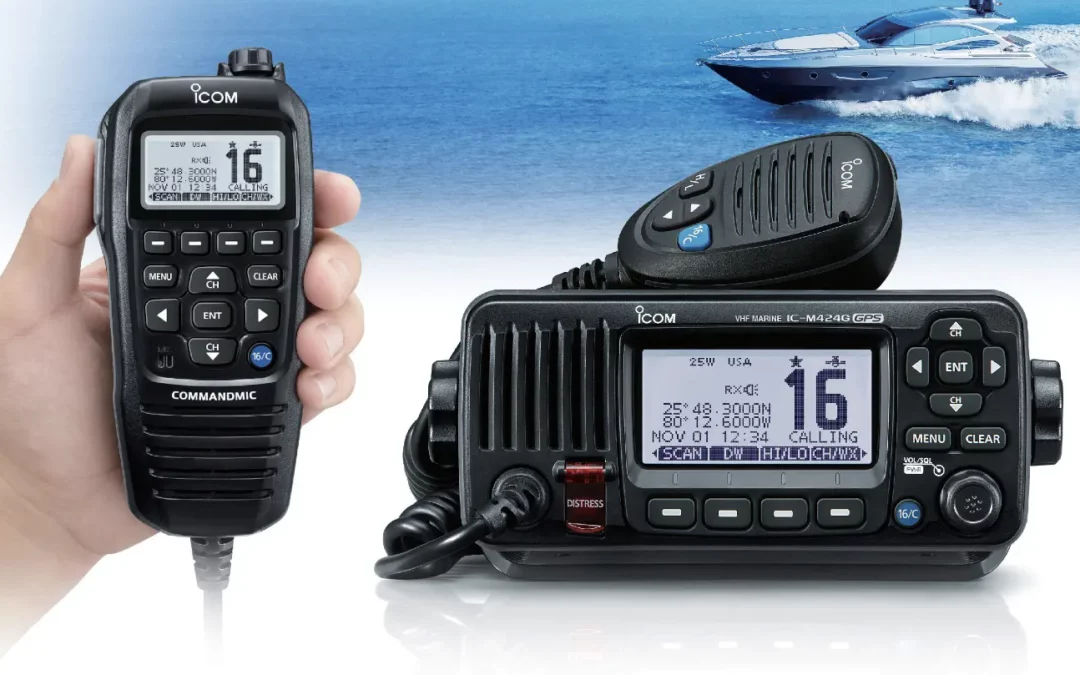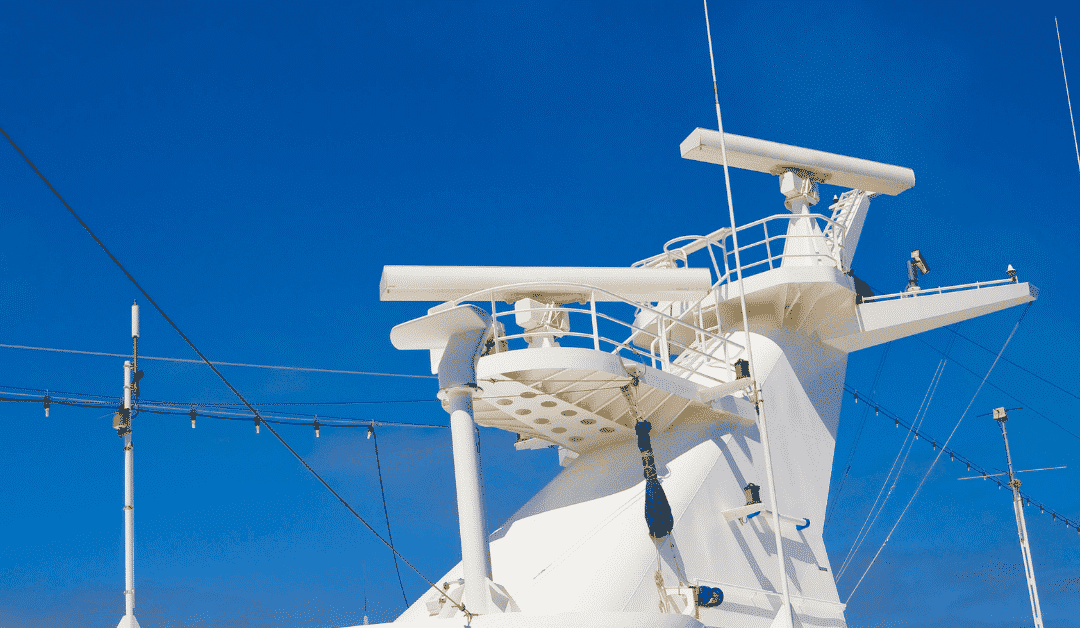In the vast expanse of our oceans, where commerce sails on mighty vessels, ensuring safety and efficient navigation becomes paramount. Automatic Identification System (AIS) has emerged as a technological beacon, illuminating the maritime landscape with its capabilities. This blog post dives into the depths of AIS, shedding light on its significance for commercial vessels and the intricate web it weaves in the vast sea.
What is AIS?
Automatic Identification System, or AIS, is a revolutionary technology that has transformed the maritime industry. Simply put, AIS is a tracking system used on ships for the exchange of data within a particular range. This system facilitates real-time communication between vessels, shore stations, and even other navigational aids, ensuring a seamless flow of critical information. The AIS technology is classified into two main types: Class A AIS transponder and Class B AIS transponder. The former is typically mandatory for larger vessels and provides a more comprehensive set of data, including identity, position, course, and speed. On the other hand, the Class B AIS transponder, while not mandatory, is commonly used by smaller vessels and provides essential information for collision avoidance.
Benefits of AIS
AIS brings a multitude of benefits to the maritime domain, enhancing both safety and navigation. One of its primary advantages is the improved visibility it offers to vessels in close proximity. The exchange of real-time information allows for early detection of potential collisions, reducing the risk of accidents at sea. Additionally, AIS aids in the identification of vessels, streamlining communication and coordination between ships. This proves particularly valuable in congested waterways and busy ports, where the swift exchange of information is crucial for maintaining order and safety. In Singapore, a bustling maritime hub, the adoption of AIS has significantly contributed to the overall efficiency of port operations. The implementation of AIS technology aligns with the city-state’s commitment to maritime safety and its role as a global shipping hub.
Transmitting and receiving vessel data
AIS operates on the principle of VHF (Very High-Frequency) transmissions, utilizing VHF marine radio frequencies for communication. Vessels equipped with AIS transponders continuously broadcast their identification, position, course, and speed information. Simultaneously, they receive and process similar data from other vessels within range. This dynamic exchange of information creates a comprehensive maritime picture, enabling vessels to navigate through busy waterways with heightened situational awareness. The seamless integration of AIS into navigational practices has become a cornerstone of modern maritime safety protocols.
International maritime requirements for AIS
Recognizing the pivotal role AIS plays in maritime safety, international regulations mandate its use in certain vessels. The International Maritime Organization (IMO) has set forth guidelines for the installation and operation of AIS, emphasizing its implementation in larger vessels and those navigating in high-traffic areas. For Singaporean vessels, adherence to these international standards ensures seamless interoperability with vessels worldwide, contributing to the nation’s commitment to safe and efficient maritime operations.
Challenges and drawbacks of AIS technology
While AIS has proven to be a game-changer in maritime safety, it is not without its limitations. One of the challenges lies in the vulnerability of the system to cyber threats. Unauthorized access to AIS data poses potential risks, necessitating continuous advancements in cybersecurity measures to safeguard maritime communication. Moreover, the reliance on VHF frequencies for AIS communication limits its effectiveness in certain situations, such as over-the-horizon tracking. Despite these challenges, ongoing developments in technology aim to address these limitations and fortify the resilience of AIS in the face of evolving threats.
Importance of AIS in commercial shipping
In the intricate dance of vessels on the high seas, Automatic Identification System emerges as a guiding force, fostering safety, efficiency, and international cooperation. From the mandatory Class A AIS transponder to the bustling ports of Singapore, AIS technology weaves a seamless tapestry of communication, ensuring that ships navigate the waters with precision and caution. As technology evolves, so does the role of AIS in shaping the future of commercial shipping. The continuous refinement of AIS, coupled with stringent international regulations, paves the way for a maritime landscape where safety is paramount, and vessels sail confidently into a future propelled by innovation and collaboration.








0 Comments